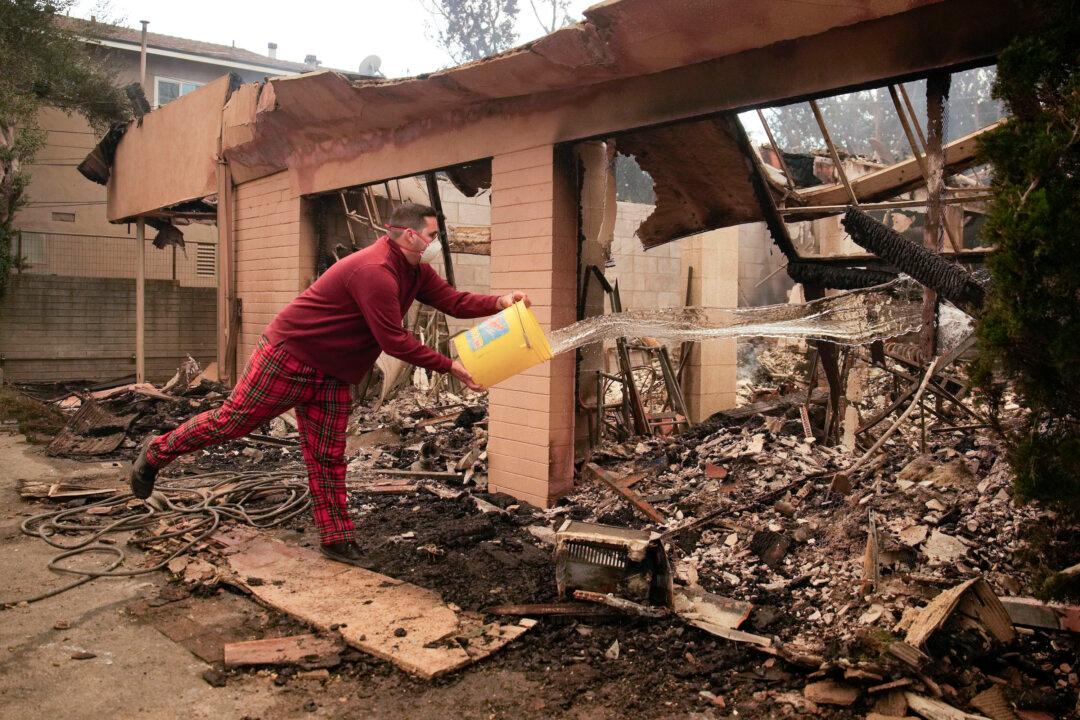Shares of insurance and utility companies exposed to the devastating California wildfires plummeted during the trading session on Jan. 10.
Mercury General Corp, a multiple-line insurance firm, led the losses on Friday, crashing about 20 percent.

Shares of insurance and utility companies exposed to the devastating California wildfires plummeted during the trading session on Jan. 10.
Mercury General Corp, a multiple-line insurance firm, led the losses on Friday, crashing about 20 percent.